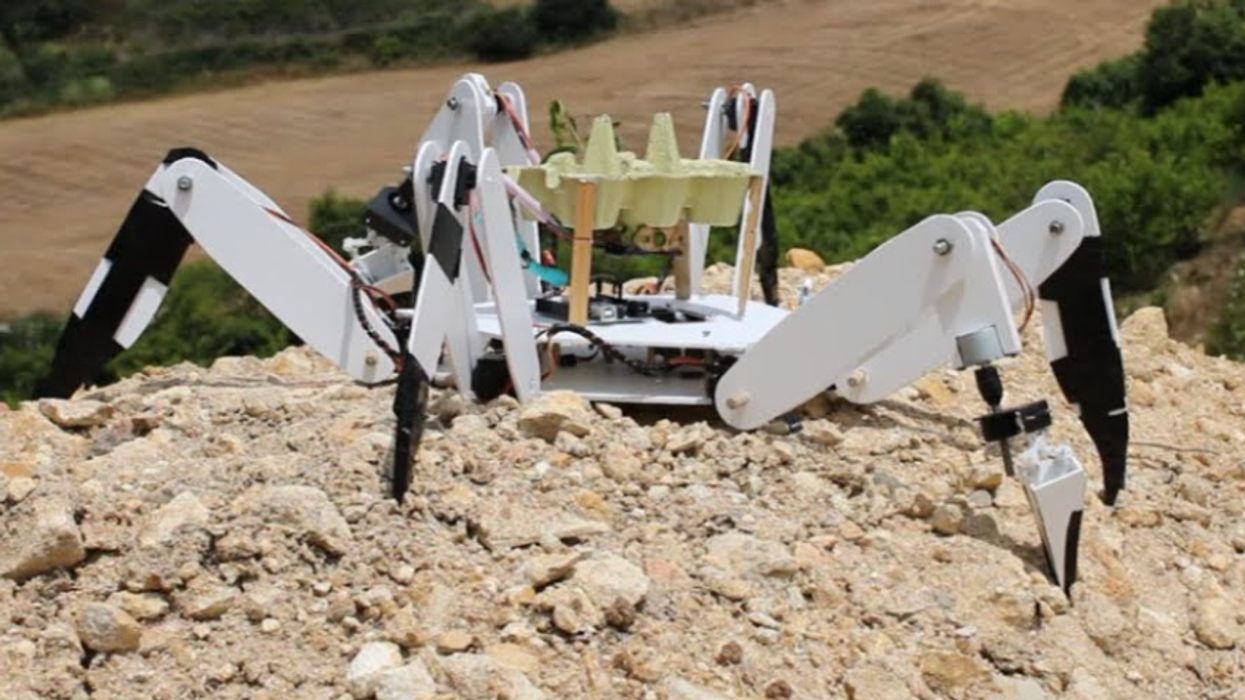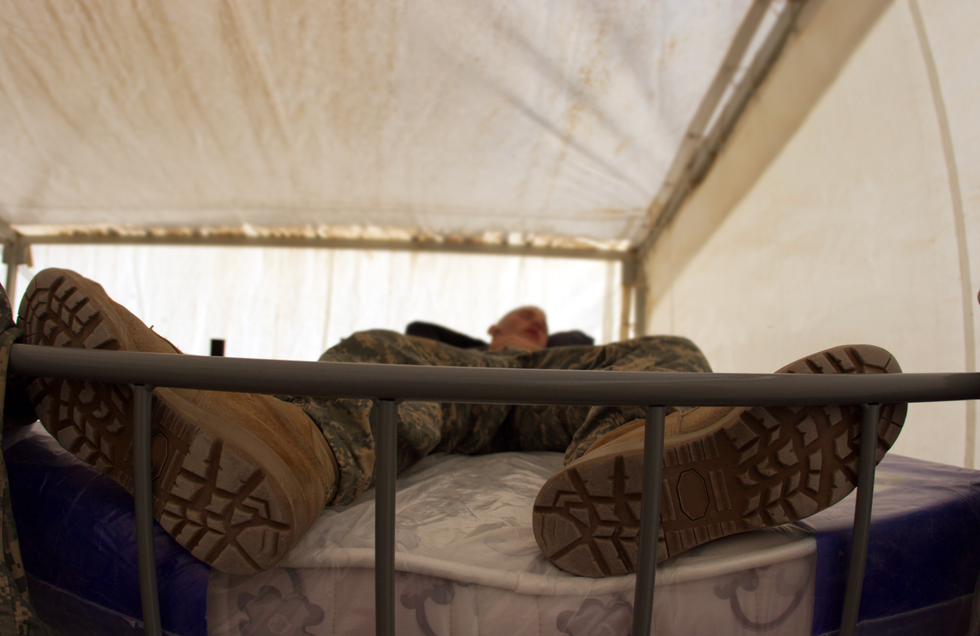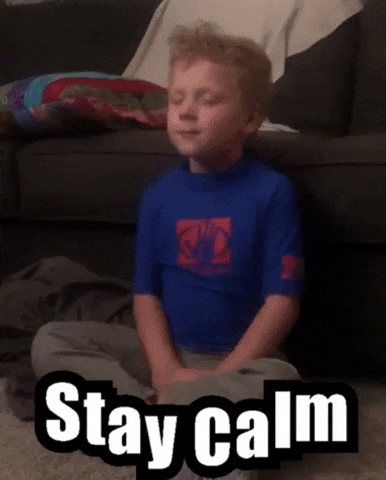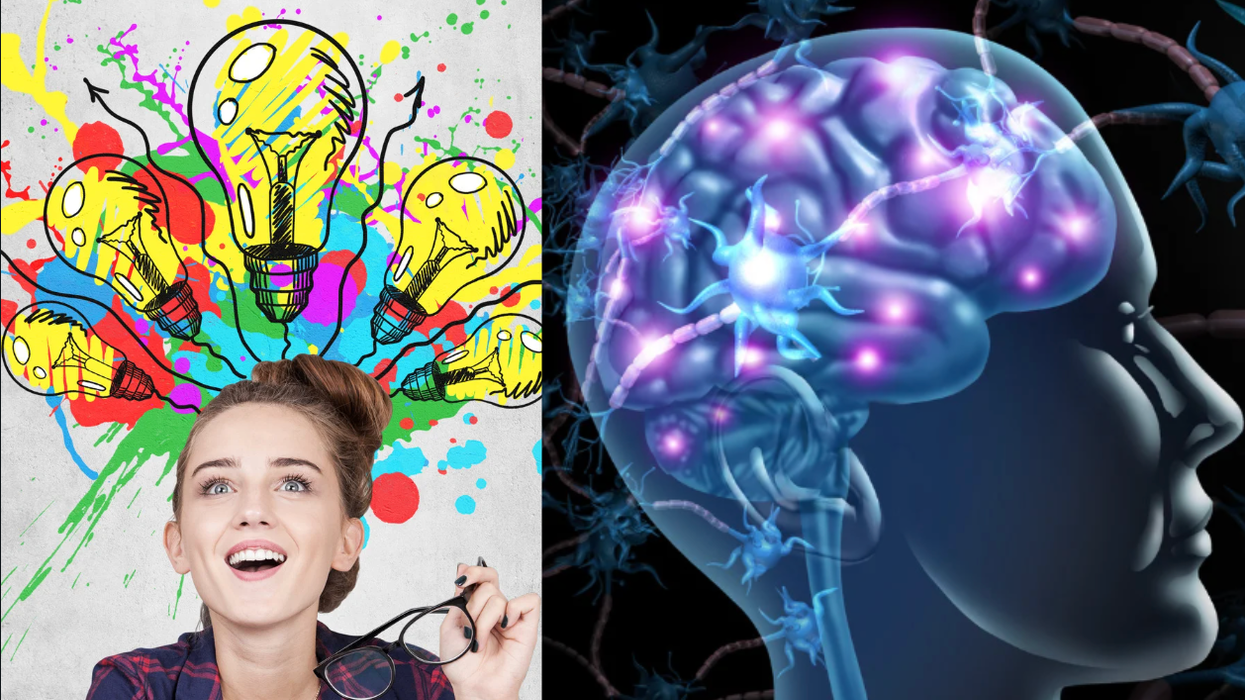Attraction sparks a powerful response in the human brain, often creating a deep sense of longing for a romantic connection. As the world grows more connected in the digital age, dating apps have become key platforms where people can meet and explore their chemistry. James Eagle recently highlighted how dating and relationships have evolved from 1930 to 2024, sharing an insightful infographic on LinkedIn.
The caption on Eagle's post read, “How did you meet your spouse? Times have changed and this #datavisualisation shows just how much this is true. We have shifted away from traditions, where we were once introduced by friends and family or married our high school sweethearts. It seems the internet has even disrupted our love lives.” This was accompanied by an animated graphic originally designed and posted on YouTube by Data Is Beautiful (@DataIsBeautifulOfficial). According to the video description, this graphic is part of a 2017 study conducted by researchers at Stanford University, who published the findings in the journal PNAS in August 2019.

“We show in this paper that meeting online has displaced friends as the main way heterosexual couples in the United States meet,” the authors noted in the paper before adding, “Traditional ways of meeting partners (through family, in church, in the neighborhood) have all been declining since World War II. Meeting through friends has been in decline since roughly 1995.”

In the past, meeting a romantic partner often resembled movie scenes—bumping into each other at supermarkets or being introduced by friends. This trend lasted for quite a while from the end of World War II until 2013. But as the internet took over every aspect of life, people started meeting their potential romantic partners without the involvement of common friends or family members. An entire lineup of apps has gamified the dating scene, boiling it down to chance interactions via swipes and texts.
This is AMAZING. (And yes, I met my boyfriend David online.) https://t.co/uNf3DvePO5
— Lisa Guerrero💃🏿 (@4lisaguerrero) October 9, 2024
“The percentage of heterosexual couples* who met online had risen from 0% for couples who met before 1995 to about 22% for couples who met in 2009,” the researchers wrote in the paper, and explained, “Now that the Internet makes a large choice set of potential partners available, the intermediation of friends and family has relied upon less. The role of the family as matchmaker had been already in decline for most of the late 20th century, as later age at first marriage and the independence of young adults has removed dating and matchmaking from the oversight of parents.”
The graphic quickly spread across social media, with Andriy Burkov (@burkov) sharing it on X (formerly Twitter), where it garnered nearly 6 million views and over 600 comments in less than 24 hours. Commenting on it, @myfrontpagegift wrote, “What a mind-boggling shift!” while @illerbitsk brought attention to the portion of the graph that showed that even in the 1980s, 0.01% of couples met online. “I’m a bit curious about the 0.01% meeting online in 1981,” they said.
“The big drop in school and college is surprising,” commented @a6and0on, referring to the decline of couples meeting as school sweethearts. @thepateleffect said, “There should be a sitcom on this,” whereas, @fralundh wrote, “It’s no longer ‘how did you meet’ but ‘what app did you use.’”





















 A soldier relaxes on his bedCanva
A soldier relaxes on his bedCanva Gif of a child breathing deeply via
Gif of a child breathing deeply via 
 Take a moment to forget the world outside the headphones and just relax.
Take a moment to forget the world outside the headphones and just relax.  Lean back and unwind to the right music.
Lean back and unwind to the right music. 

